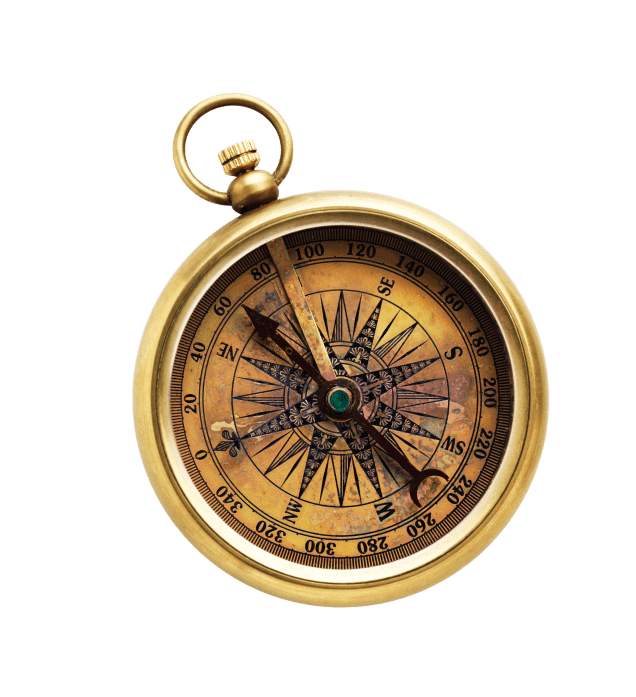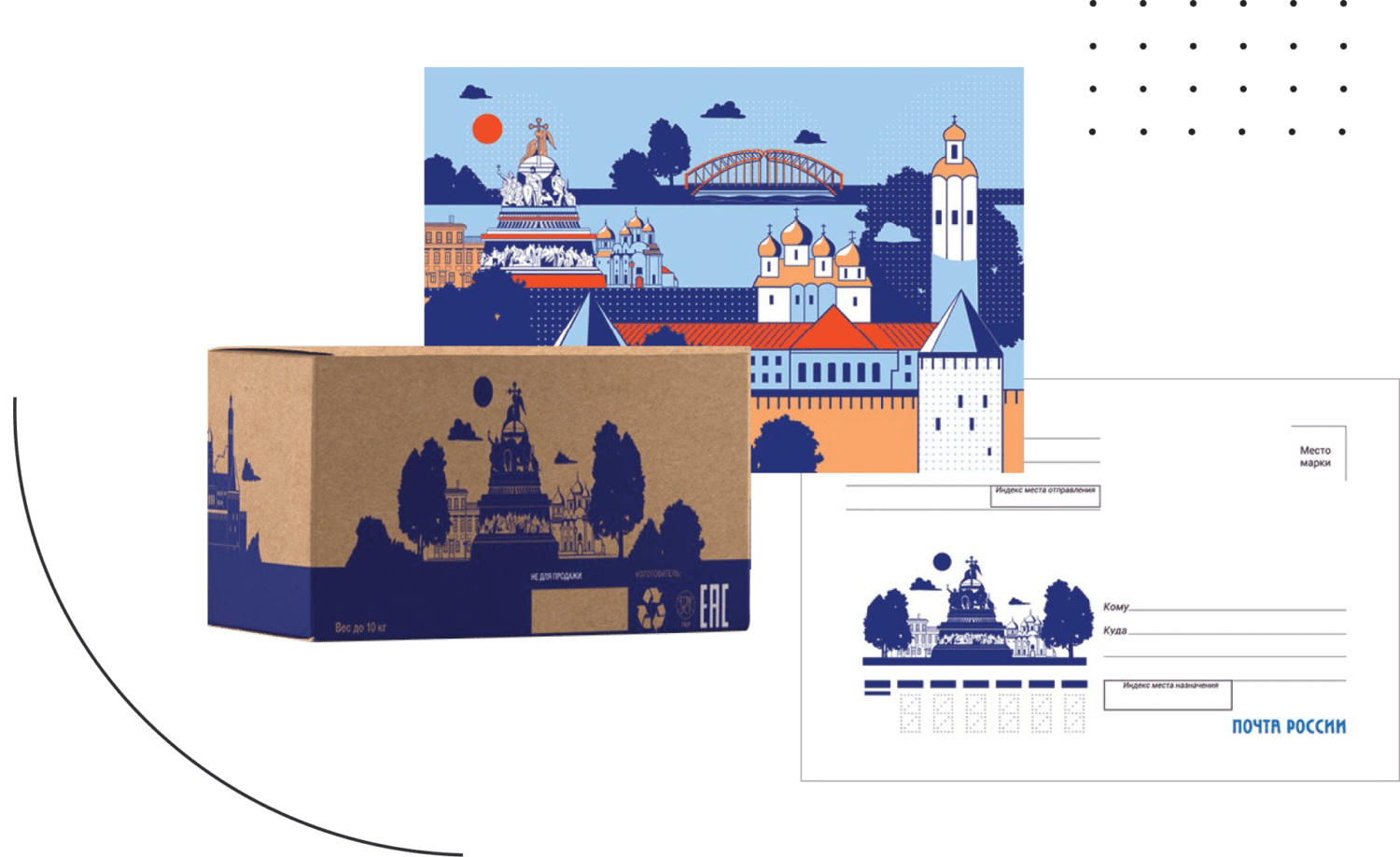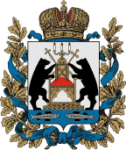
reasons
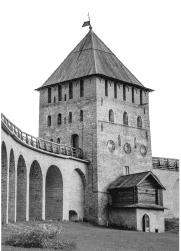 why you need
why you needto visit Veliky Novgorod
and the Novgorod
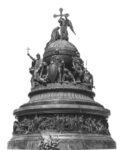

Take a walk through
the most ancient
Kremlin in Russia
The Novgorod Kremlin, which is also called ‘Detinets’, is located on the left bank of the Volkhov River. The first fortified settlement was set here during the reign of prince Vladimir Yaroslavich, the son of Yaroslav the Wise. During these times, all the state, public and religious life of Novgorod was concentrated here. It was the place where people kept chronicles and copied the texts of books. The Novgorod Kremlin, the most ancient one in Russia, was founded here in the 15th century.
St. Sophia Cathedral (11th century), The Millennium Of Russia Monument, Episcopal Chamber (15th century) and the main exhibition of The State Novgorod Museum-reservation located in a public office building of the 18th century are all situated in the Novgorod Kremlin.
The exhibition will tell you about the whole Novgorod history from ancient times to the present day. There are also restoration workshops, a children’s center, a library and a philharmonic inside the Kremlin walls.
 Take a walk
Take a walkthrough the Kremlin
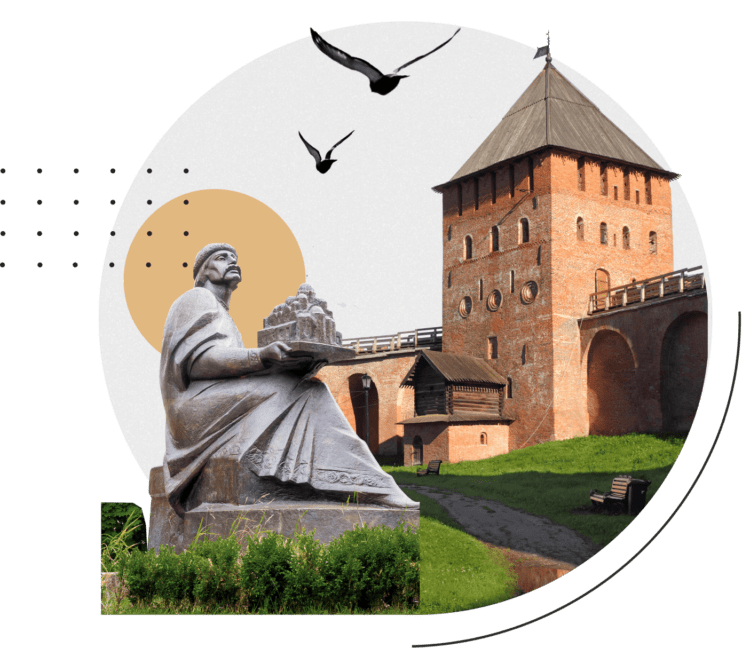

Send a letter with
the State Novgorod
Museum-reservation stamp
While visiting the main building of the Novgorod Kremlin museum, you’ll see a small bureau near the souvenir area. Two more bureaus like that can be found in the Fine Arts Museum and the Museum information centre. This is the Museum Post, the joint project of the State Novgorod Museum-reservation and Russian Post.

 Send
Senda postcard online
The tradition to exchange letters (at that time written on birch bark sheets) dates back to the 11th century so it’s hardly surprising that such a project appeared here. The bureaus are desks and mailboxes at the same time, so you can send your friends a postcard with a view of Novgorod right from the museum.

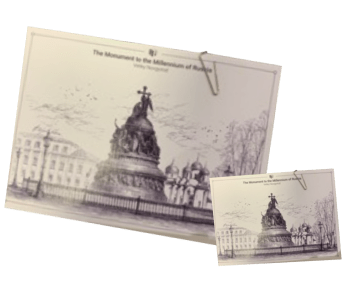

Find the famous Russian poet
Alexander Pushkin among the figures
of The Millennium Of Russia Monument
In 1862, 1000 years after the Varangians were called to Russia, a monument dedicated to this event was launched in Novgorod. To tell the story of Russia’s one thousand years, the sculptor used 129 bronze figures: from state and military leaders to artists and poets.
One of figures portrays Afanasy Ordin-Nashchokin, a politician and reformer who was responsible for Russia’s diplomatic relations in the middle of the 17th century. He is believed to be the father of international and regular mail in Russia. He was also the person who came up with the idea of the first Russian Post official emblem — a post horn and a double-headed eagle.
 Take a closer look at the
Take a closer look at theMillennium Of Russia monument
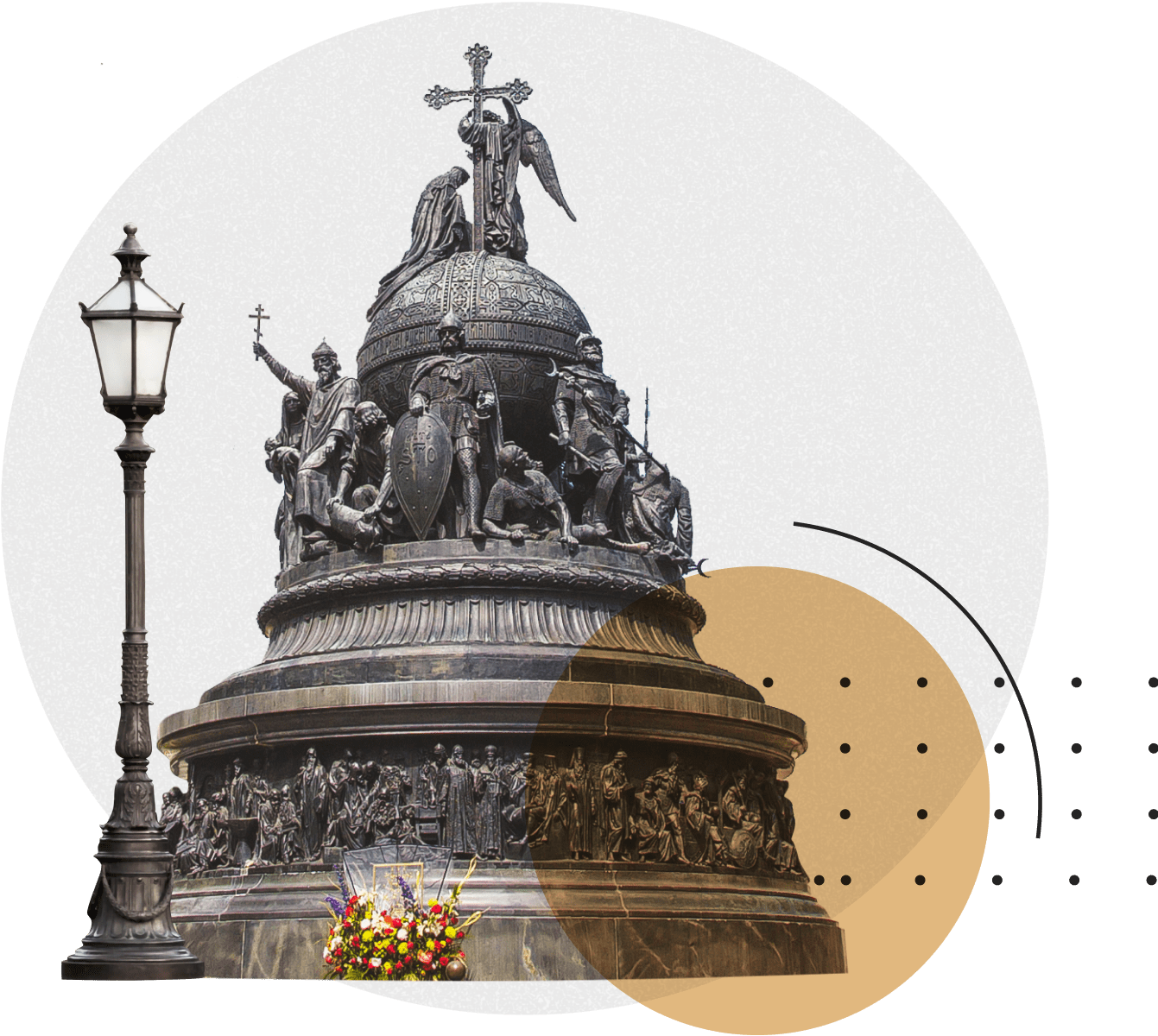

Cross the Msta River
over the first arch bridge
in Russia
The steel bridge in Borovichi town that connects two banks of the Msta river was built at the beginning of the 20th century. The project of the bridge was created by Nikolay Belelyubsky, engineer and professor of St. Petersburg State Transport University. This is the first arch bridge in Russia.
In 1995, it was included in the national cultural heritage register. More than 100 bridges across Russia were developed by Belelyubsky, but only this one is named after him.
 Have a walk along
Have a walk alongthe Belelyubsky bridge


Cast a virtual
bell
When in the Novgorod region, you’ll definitely hear bells ring and learn about the Novgorod Veche Bell. During the siege of the city, tsar Ivan III ordered to remove this bell from the bell tower and send it to Moscow. Legend says that the bell didn’t accept his fate, fell to the ground near the border of the Novgorod region and broke to pieces against the stones.
In the biggest Museum Bell Centre in Russia located in the Valday town, you can see bells from across the world and learn why Novgorod bells are unique. The museum’s collection represents bells from different countries and ages, some of them dating back to the 3rd century BC. You’ll learn about the history of casting and modern bell-making technologies and also play games on a touch table. For example, harness virtual ‘troika’ (three) horses with bells or cast a virtual bell.
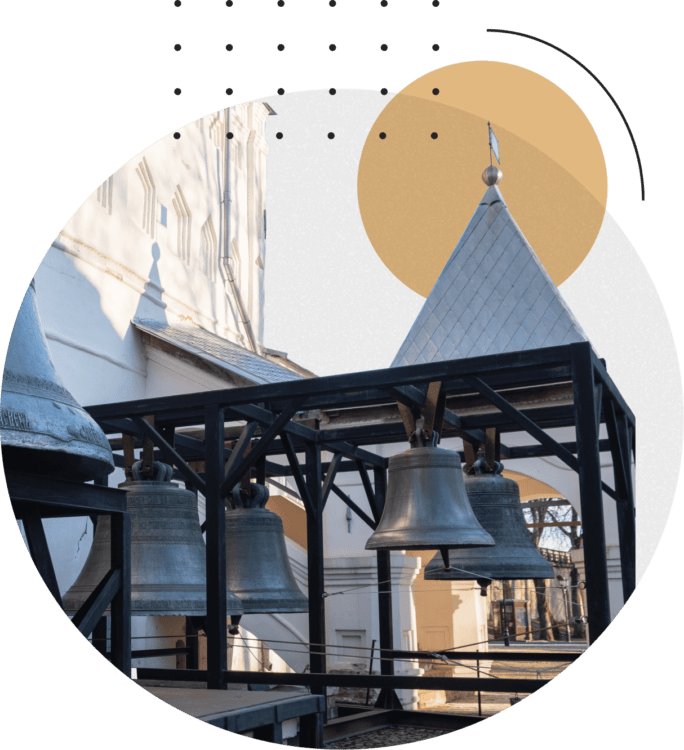

Spot the pigeon on the cross
of St. Sophia Cathedral
St. Sophia Cathedral was built in Novrogod between 1045 and 1050 by Kievan and Byzantine masters. It was conceived as the main cathedral of the city, and during its first years it was the only stone building in Novgorod. So where does the pigeon on the cross of the cathedral’s biggest dome come from?
Legend says that while tsar Ivan the Terrible and his Oprichniki were cruelly killing peaceful city folk in 1570, a pigeon suddenly sat down to the cross of the city’s main cathedral. It looked down, saw the massacre, and was literally petrified with horror. Since then the pigeon has been considered the defender of the city. People believe that as soon as the pigeon flies away from the cross, Novgorod will come to an end.
 Take a closer look at the murals
Take a closer look at the muralsin St. Sophia Cathedral
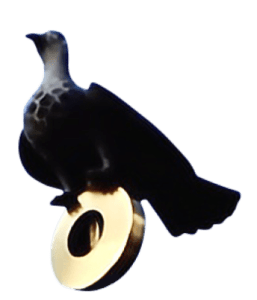

Visit a monastery,
that was founded
by Patriarch Nikon
The Valday Iver Monastery is situated on the island in the middle of the Valday lake. It is considered to be one of the most important and picturesque orthodox shrines.
The monastery was founded in 1653 by the initiative of Nikon who had just been elected Patriarch. Nikon wanted the monastery to look like the Iviron Monastery on Mount Athos, including the architectural style and monk’s clothes. Legend says that Nikon saw the spot for the monastery in a dream.
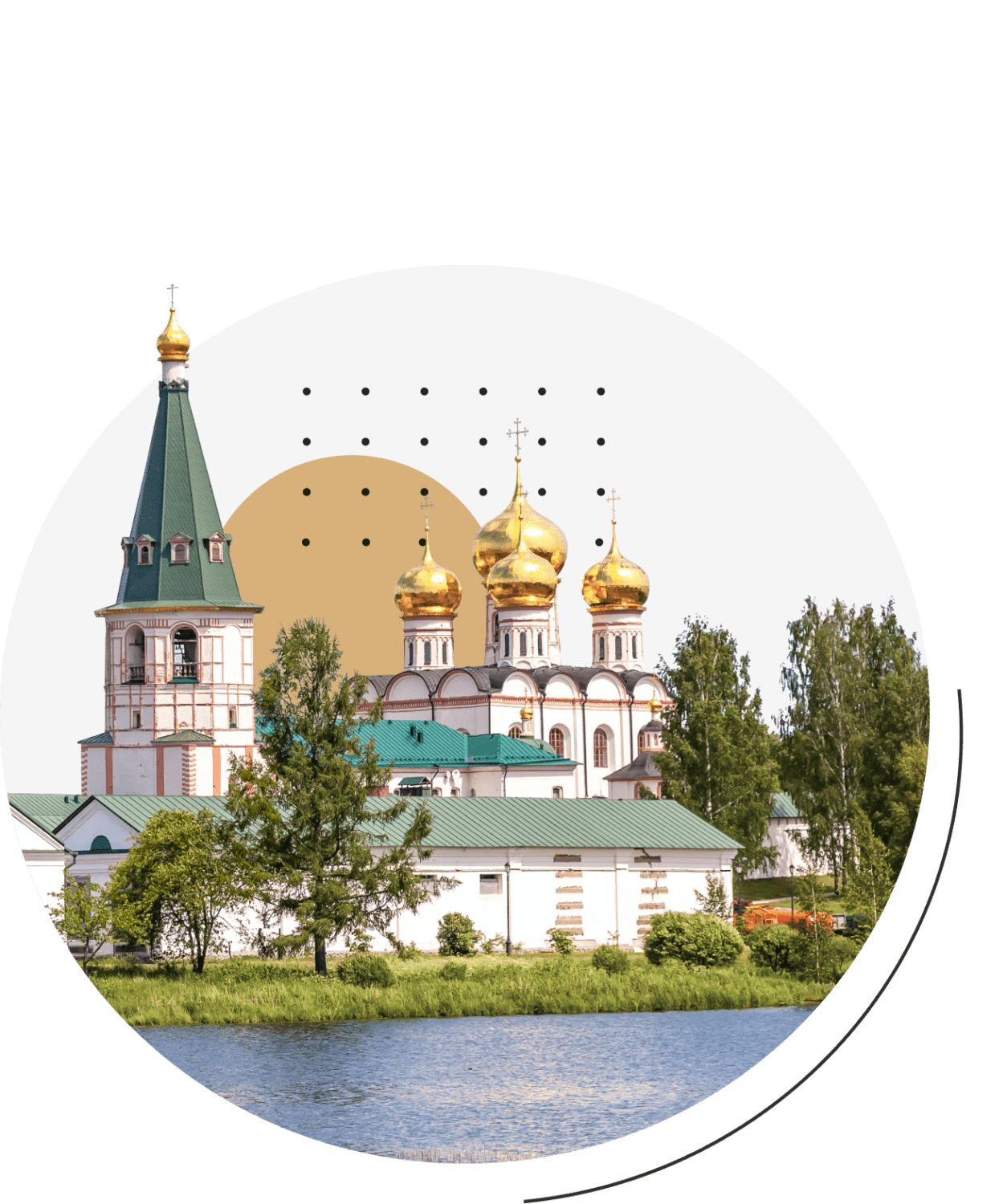

Check out Fyodor Dostoevsky’s
country house
Fyodor Dostoevsky, a famous Russian writer, first visited Staraya Russa town in 1872 during a summer trip with his family. They liked it so much that the next year they rented a house near the Pererytitsa River’s embankment and spent every summer here ever since.
Dostoevsky loved this house, called it ‘his nest’ and considered it the perfect place to work and to be alone. In Staraya Russa he wrote his novels ‘The Adolescent’, ‘The Brothers Karamazov’ and ‘Demons’. Today, this place is a museum where you can explore what Dostoevsky’s house looked like and see his family’s personal belongings, photos and letters.


Visit an authentic
Russian ‘izba’ (wooden house)
If you want to really enjoy the atmosphere of the old Novgorod, you should come to the Vitoslavlitsy Museum of folk wooden architecture that is located on the Myachino lake not far away from Veliky Novgorod. In this open-air museum you’ll see the best examples of Russian wooden architecture, including authentic old ‘izbas’ (wooden houses), rural chapels and churches.
During the year, the museum hosts fairs of crafts and folklore, christmastides, and even an international bell ringing festival.
 Have a walk around
Have a walk aroundthe museum territory
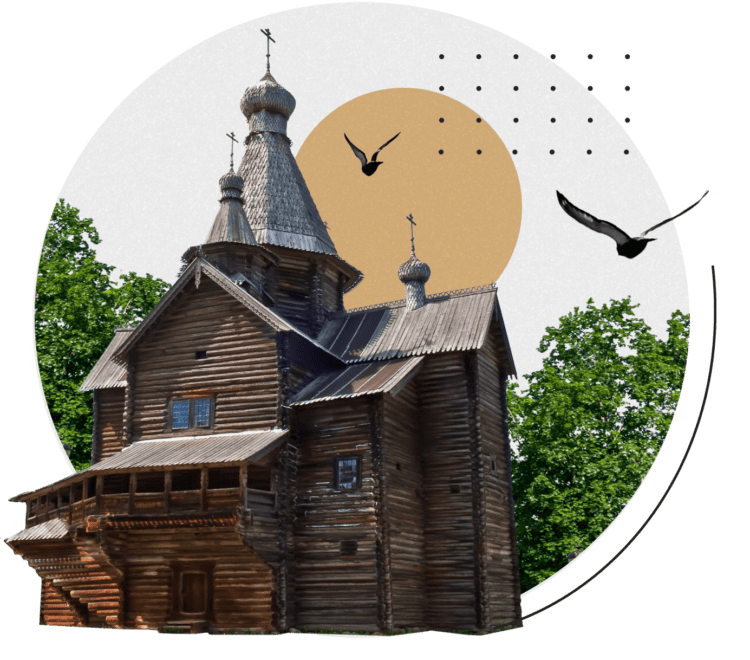

Learn what Brick Gothic
looks like
The Episcopal Chamber of the Novgorod Kremlin is the only non-religious German Gothic building of the 15th century preserved in Russia. You can have a good look at the facets of the gothic cross-domed vaults inside the chamber. This is why this building is also called ‘Faceted Chamber’ or ‘Chamber of Facets’.
The chamber was part of Vladychny Dvor, the place where all important city events took place: court hearings, gatherings of the Council of Lords of the Novgorod Republic, ambassador’s receptions and feasts. The seals of the city’s lords were kept here. The decree of tsar Ivan III on merging the Novgorod Republic with the Moscow State was first announced in 1478 in Episcopal Chamber. This is when the name of the new state, Russia, was first pronounced.
 Take a closer look at
Take a closer look atThe Episcopal Chamber's vaulted ceiling
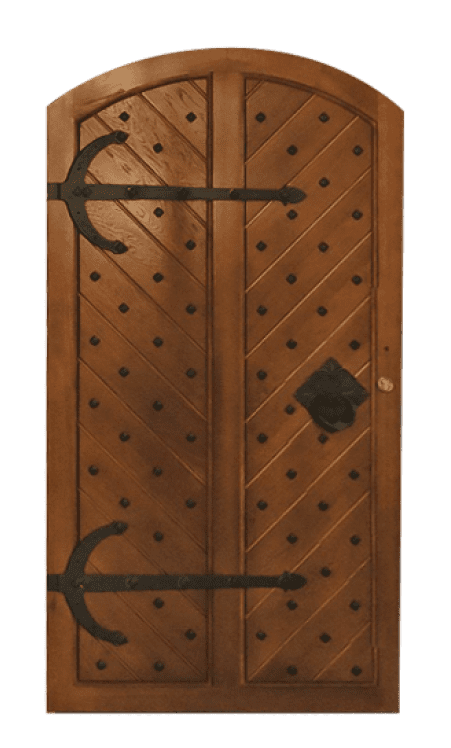

See the murals
by Theophanes the Greek
The Byzantine Empire had a huge impact on the development of the Russian culture. Many works of art and architecture in ancient Russia were created by Byzantine artists and masters. Theophanes the Greek was one of them. He was born in Byzantine and created icons and murals in Constantinople and Caffa (modern Feodosia). After that he moved to Novgorod where he was commissioned to paint the walls of the Church of the Transfiguration of the Savior on Ilyina Street. You can enjoy his unique and expressive style if you look at the murals inside the dome of the church and the Trinity side chapel.
The most recognizable and the only monumental work of Theophanes the Greek that is preserved today is the chest-high portrait of the Savior the Almighty in the dome of the Church of the Transfiguration of the Savior.
 Explore the murals in
Explore the murals inthe Church of the Transfiguration
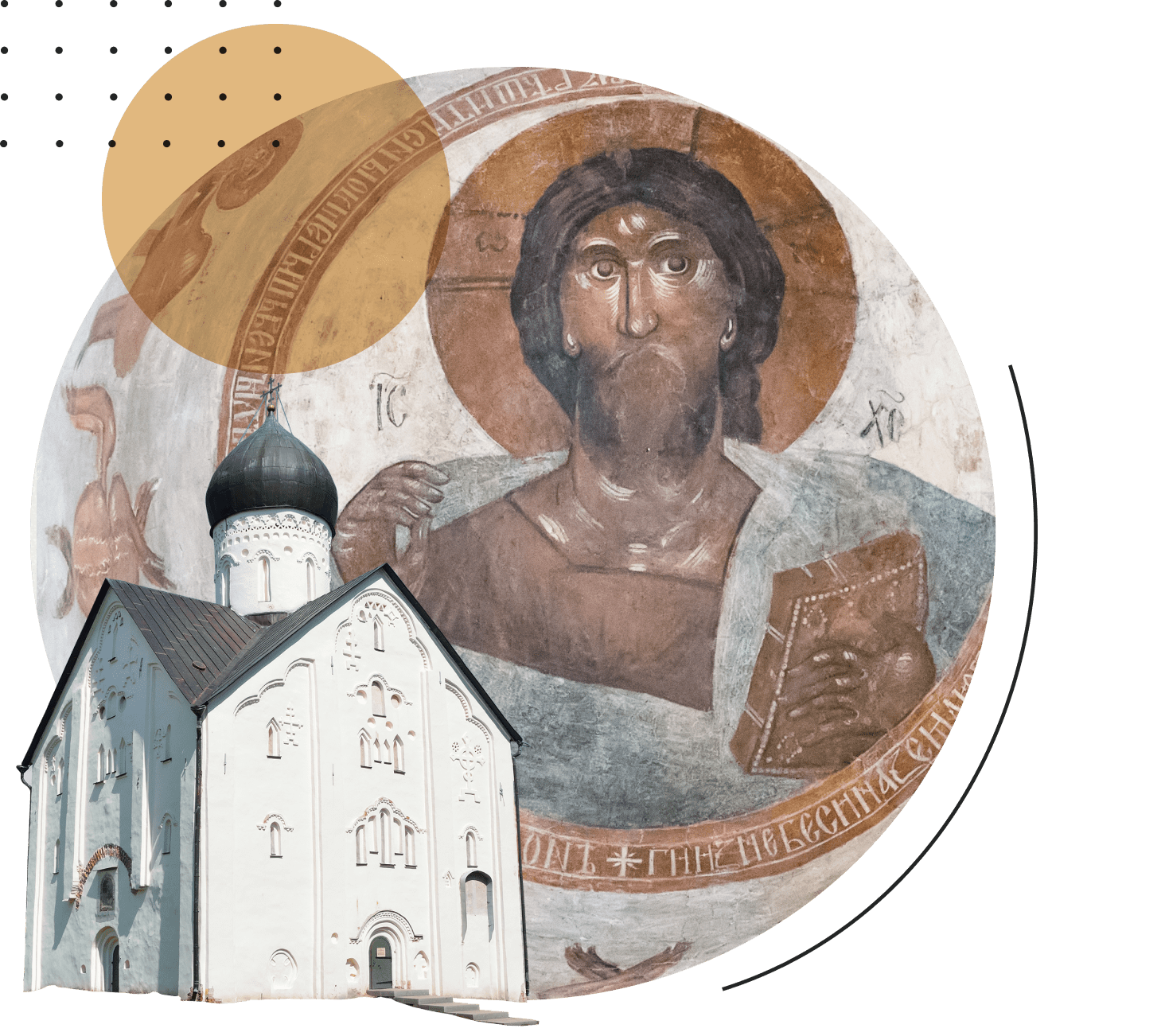

Take a photo with
an ancient Novgorod citizen
who is learning how to read and write
In 1951, a letter written on birch bark dating back to the 14–15th centuries was found in Veliky Novgorod. Many decades later, in 2019, a sculpture designed by Novgorod artist and sculptor Sergey Gaev appeared on this exact site.
The sculpture portrays an 8–year old boy sitting on a stool and holding a piece of birch bark. At this age children in Novgorod started to learn how to read and write. During archaeological excavations in Novgorod, scientists often found ancient handwriting practice books and children’s drawings on birch bark sheets.
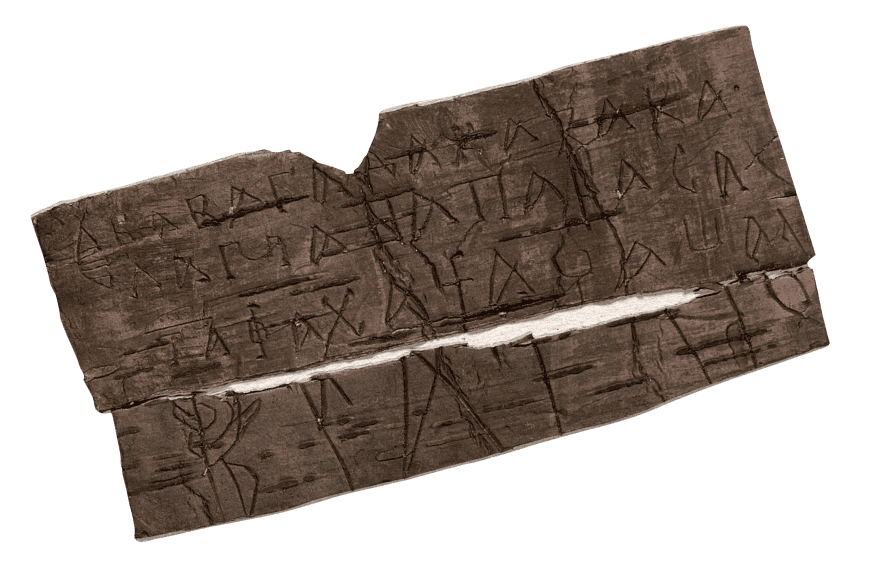

Take a tour
around Novgorod
with an audio guide
дополненной реальности
In Veliky Novgorod there is a sculpture called ‘Novgorod region in the 12–15th centuries’. It looks like a map with the ancient Novgorod borders and key events from its history.
But this map is not just a tourist attraction that you can take a picture with. There are QR-codes on the information board near the sculpture. Using them, you can download a free audio guide and AR mobile app for a guided tour around Novgorod.
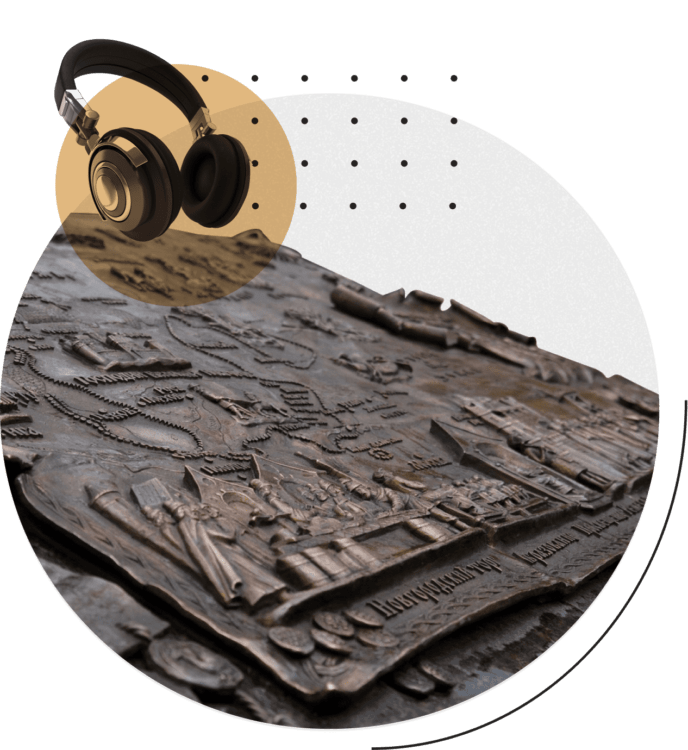

Feel like
an ancient viking
or prince Rurik’s guest
Novgorod is one of the waypoints of the famous trade route from the Varangians to the Greeks.
The route passed through the Volkhov river. In the 9–10th centuries there was a fortified settlement of the Viking Age here.
Some scientists believe that Novgorod is named after this area which was called ‘Stary Gorod’ (‘Old City’) at that time. Some historians and archeologists consider this place to be the residence of Prince Rurik who was asked to rule the city in 862. That’s why this ancient settlement is called ‘Rurikovo Gorodische’ (‘Ruruk’s Old City’).
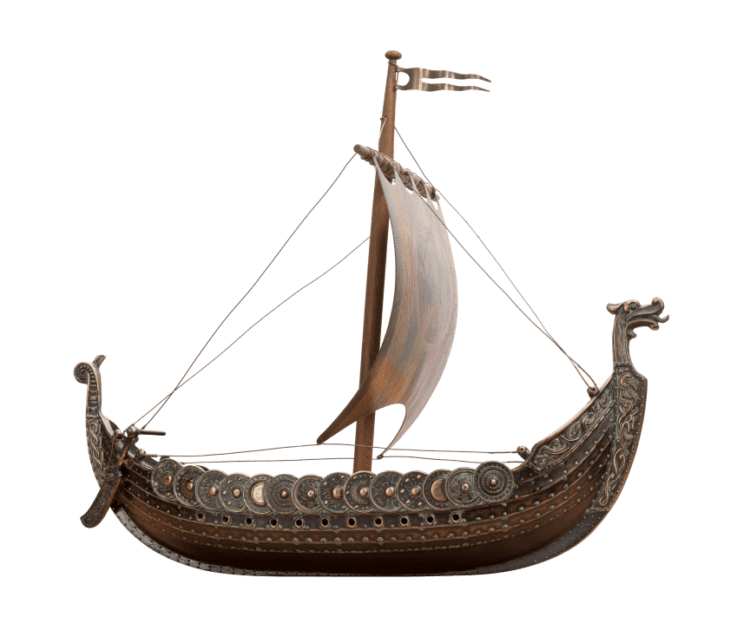

Learn more
about the Soviet modernist
architecture
On the bank of the Volkhov river near the Novgorod Kremlin, there is an incredible building that looks like a spaceship and contrasts strongly with the ancient buildings of the city.
This is the Fyodor Dostoevsky Theater of Dramatic Art that was built in 1987. It is one of the most striking examples of the Soviet modernist architecture. The theater was built for 10 years according to the project of architect Vladimir Somov.
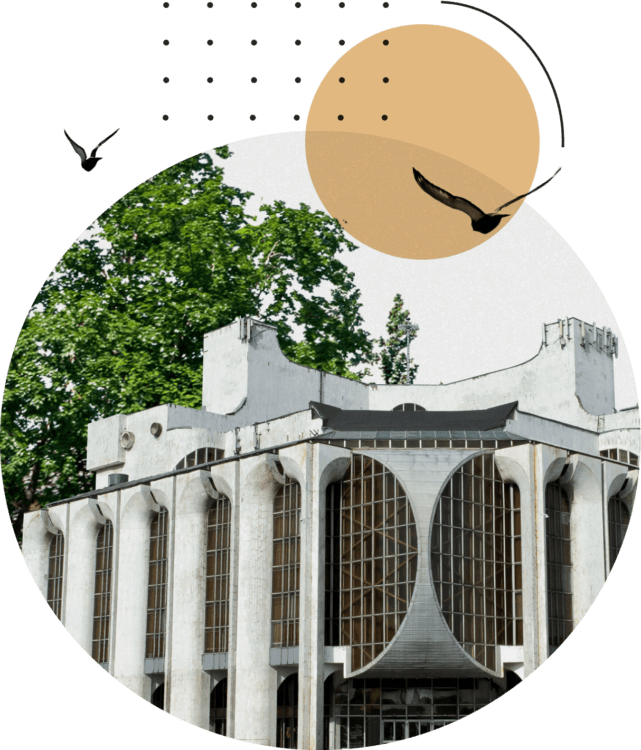

See what an everyday life
of Old Believers looks like
The Krestsy town in the Novgorod region has always been considered to be the center of the Novgorod Old Belief community, and it still is. Before the Soviet revolution there were three Old Believers churches here.
The Lyakova village, which is located not far from the town, used to be inhabited completely by Old Believers. You can learn more about their lifestyle in the local interactive museum. You’ll be introduced to Old Believers’ traditional crafts and ceremonies, drink tea with healing herbs and learn how to chop wood and use an old spinning wheel.


Buy a traditional
embroidered tablecloth
A unique embroidery style that is now famous all over the world was born in the Staroye Rakhino village in the Novgorod province.
By the middle of the 19th century, it had become a folk craft. Since then, linen tablecloths, towels and clothing items decorated with unusual ornaments have been popular not only among the locals, but also travellers.
In 1929, the first cooperative partnership of embroidery masters was created in Kresttsy. Later it turned into a factory that still operates today.
The factory has a museum where embroidery traditions are preserved and new ornaments and technologies are created.
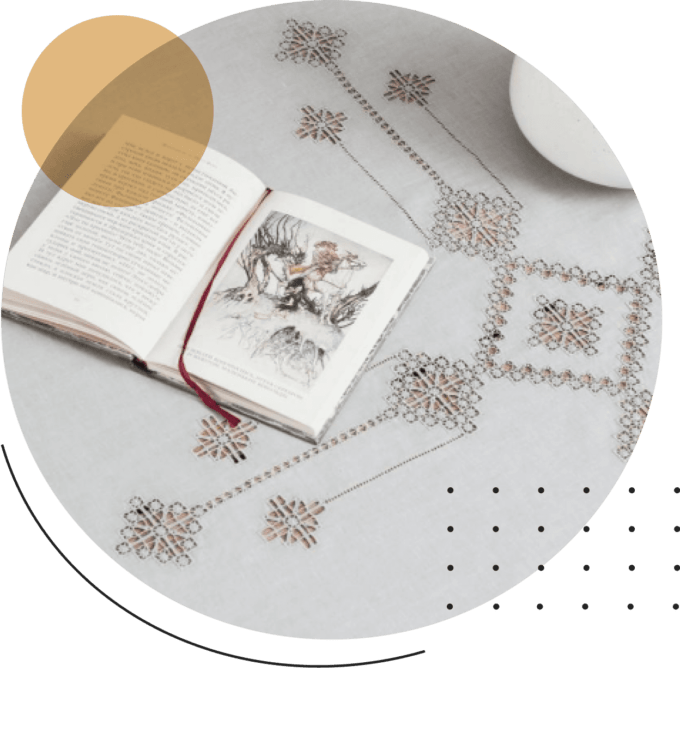

Find yourself in
the Middle Ages
In the Middle Ages, Staraya Russa town could be called ‘the salt cellar of Russia’. That’s because salt making was the main trade here up to the 19th century. A few years ago, the old craft was brought back to life, and construction of salt works began. Later, an interactive museum was launched based on the results of archaeological findings.
This museum recreates a typical medieval manor of Staraya Russa of the 12th century with living rooms, a bathhouse, workshops, a livestock pen and traditional peasant household items. In this museum, you can also buy salt which is made in the same way as 1000 years ago.
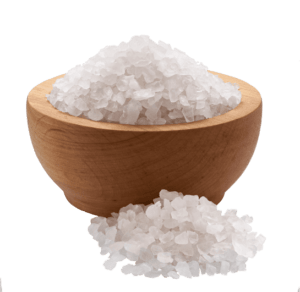

See the place
where Suvorov started
his Italian campaign
Alexander Suvorov’s manor in the Konchanskoe village, which has now become the museum of the great commander, was originally the place of his exile. Suvovor openly disagreed with the reform of Russian’s army based on the Prussian model, and Emperor Paul the First didn’t appreciate such behaviour. He first fired Suvorov and then sent him away to his family estate.
However, the exile lasted for only two years. The great commander started the military campaign straight from his house in the Konchanskoe. During this legendary expedition, he crossed the Alps and defeated the French army.
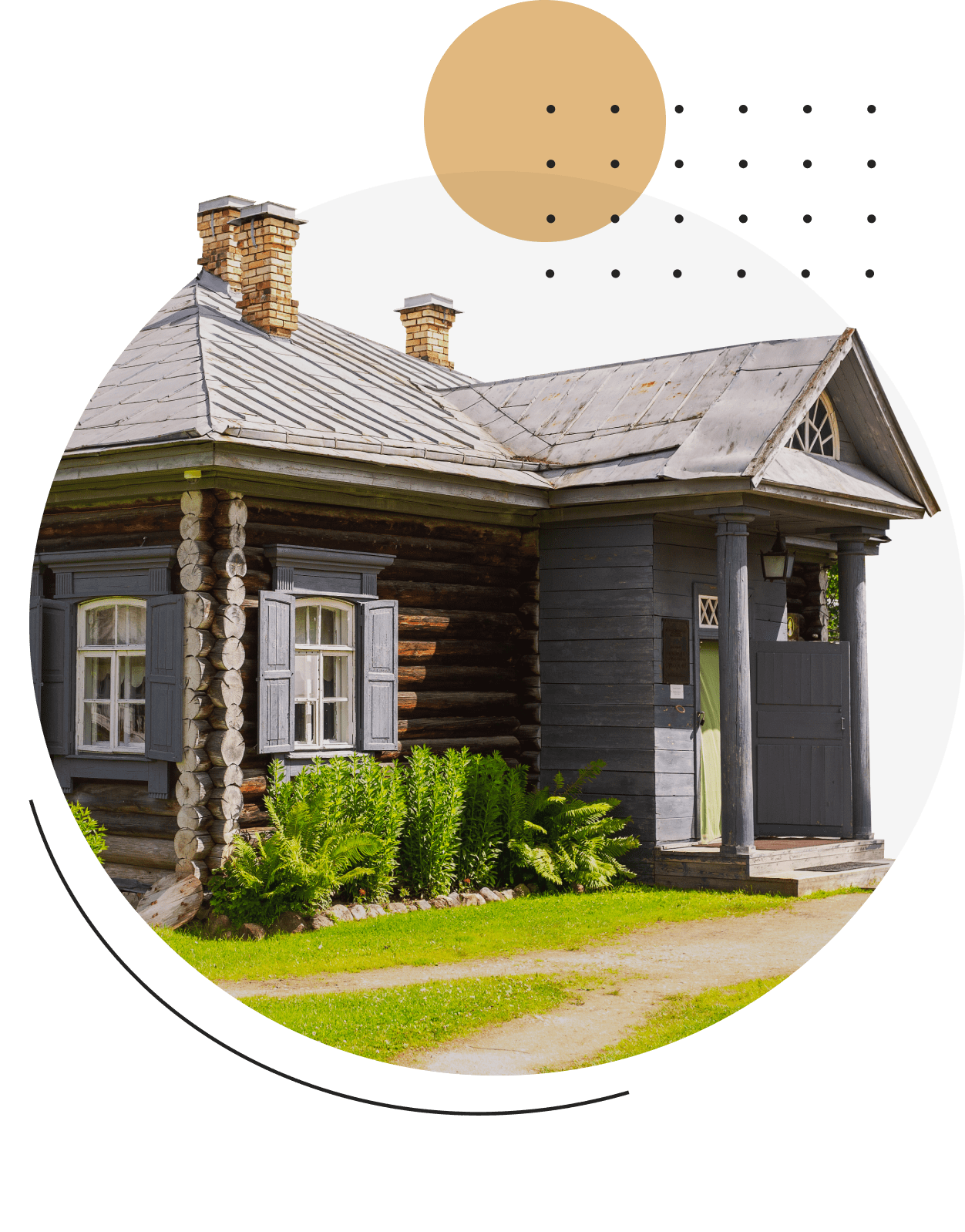

Become a real
hiker
If you dream of having a hike in the Novgorod region, but at the same time you are afraid that a tourist’s life may be too hard, you should try the Big Valday trail. This is a five-day 59-kilometer walking route. Its central part goes right through the Valday National Park’s territory.
You won’t have to cope with difficulties and inconveniences of camping life here. The route is marked with signs, and there are camping sites where you can find everything you need for an overnight stay from shelters and places for a fire to toilets. The trail finishes at the Dunayevshchina village where you can take a bus back to Valday. To take the trail, you have to fill out a special form and register on the Ministry of Emergency Situations of the Russian Federation website.
